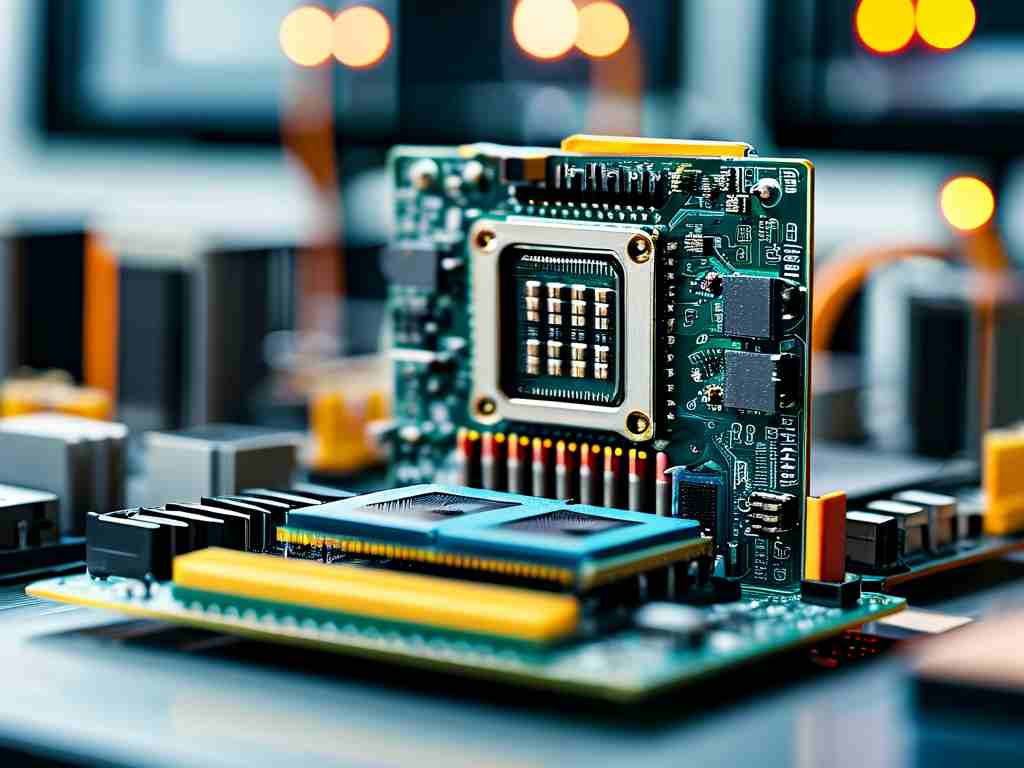The embedded platform development process is a structured approach to designing and deploying specialized computing systems tailored for specific applications. Unlike general-purpose software engineering, this domain requires tight integration between hardware and software components while adhering to strict performance and resource constraints.

Phase 1: Requirements Analysis
Every successful project begins with a clear understanding of system requirements. For embedded platforms, this involves defining real-time response thresholds, power consumption limits, and physical interface specifications. Engineers collaborate with stakeholders to document functional needs, such as sensor sampling rates or communication protocol support, and non-functional requirements like operating temperature ranges. A medical device team, for instance, might prioritize safety certifications (e.g., IEC 62304) alongside computational accuracy.
Hardware-Software Co-Design
The unique challenge of embedded development lies in parallel hardware and software prototyping. Hardware engineers select microcontrollers or FPGAs based on processing needs, while software teams evaluate toolchain compatibility. A common practice involves creating a virtual prototype using tools like QEMU or MATLAB/Simulink to validate concepts before physical hardware availability. For example, automotive developers might simulate CAN bus communications between electronic control units (ECUs) during this phase.
Toolchain Configuration
Setting up the development environment requires careful selection of cross-compilers, debuggers, and version control systems. A typical setup might include:
CROSS_COMPILE = arm-none-eabi- CC = $(CROSS_COMPILE)gcc CFLAGS = -mcpu=cortex-m4 -mthumb -Og
This Makefile snippet illustrates configuration for ARM Cortex-M4 processors. Teams often integrate static analysis tools like Coverity to catch security vulnerabilities early.
Iterative Development Cycle
Embedded software follows an agile development pattern with hardware-in-the-loop (HIL) testing. Developers write modular code using design patterns specific to resource-constrained environments, such as state machines for event-driven systems. A motor control application might implement PID algorithms with fixed-point arithmetic to avoid floating-point unit dependencies. Continuous integration pipelines automatically validate builds against regression test suites.
Validation and Certification
Rigorous testing occurs at multiple levels:
- Unit tests verify individual drivers and middleware
- Integration tests check subsystem interactions
- Environmental tests validate operation under extreme conditions
Automotive projects employ tools like CANoe to simulate network traffic, while medical devices undergo failure mode and effects analysis (FMEA). Compliance with standards like ISO 26262 or DO-178C adds documentation overhead but ensures market readiness.
Deployment and Maintenance
Field updates require robust over-the-air (OTA) mechanisms, especially for IoT devices. Developers implement bootloaders with rollback capabilities, such as:
void bootloader_jump(uint32_t image_addr) {
void (*application_entry)(void) = (void (*)(void))(image_addr + 4);
__disable_irq();
SCB->VTOR = image_addr;
application_entry();
}
Post-deployment monitoring through diagnostic interfaces helps identify field issues. A smart meter deployment might track memory leakage patterns using built-in test (BIT) routines.
Optimization Strategies
Final-stage optimizations balance performance and resource usage. Techniques include:
- Code size reduction through link-time optimization
- Power management using dynamic voltage scaling
- Memory optimization with pool allocators
Industrial controller developers often profile interrupt service routines (ISRs) to minimize latency jitter.
The embedded development workflow demands interdisciplinary coordination and attention to lifecycle management. By following this structured approach, teams can deliver reliable systems that meet the growing complexity of modern embedded applications, from wearable devices to autonomous machinery.









